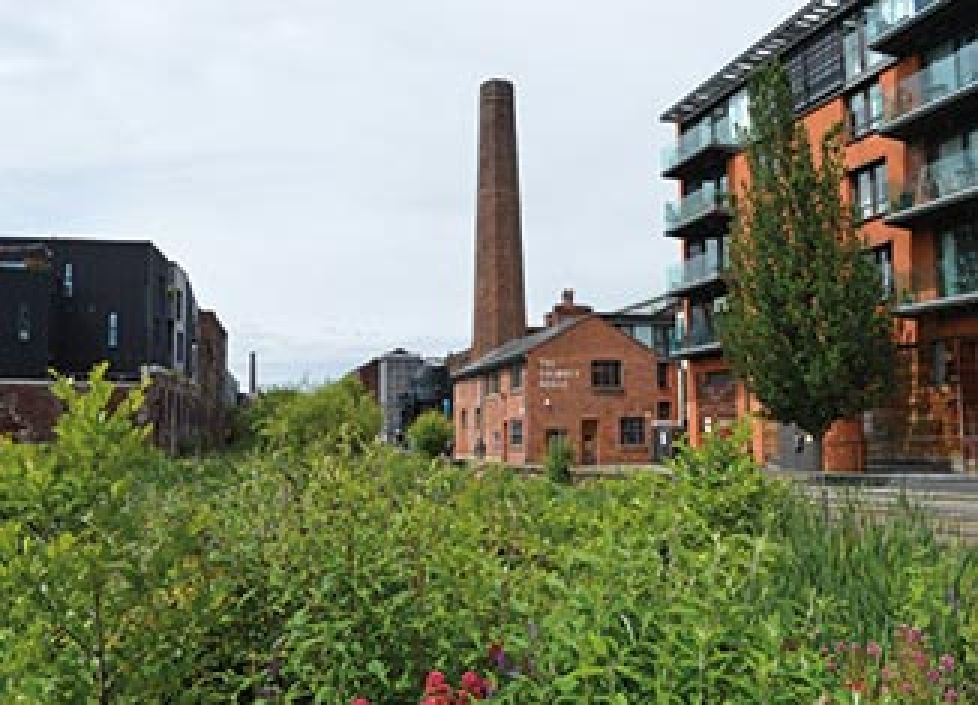Agricultural land values may be soaring but residential development land including greenfield sites recorded small falls at the end of last year with no sign of a reversal of fortune in the near future, according to Savills.
Any newly marketed brownfield sites are likely to be reappraised in light of the change in market conditions and regulatory and other cost burdens. The reappraised values may make some landowners reluctant to sell at all. In high demand areas, most brownfield sites are in some kind of existing use so, unless there is pressure to sell, it would seem likely that landowners will sit tight.
Yolande Barnes Director Savills Research said: “It is not so much falling brownfield values that are the issue but the near disappearance of the land market. It seems highly likely that unviable sites will continue to be mothballed and the demand for land dwindle away – except where there is the prospect of change of use.
“Land buyers and dealers are set to have the hardest time this year unless they concentrate on ‘oven ready’ greenfield land, longer term strategic sites and ‘forced sales’ such as receiverships.”
Savills research is forecasting a -5% drop in average UK greenfield land values this year with higher falls likely in areas where land is most plentiful. However, the company believes that the price falls should affect small sites in high demand areas to a much lesser extent.
Urban land is more likely to be adversely affected, especially in high supply city centres that have been heavily reliant on off-plan investor purchase in the past. For this land type a falls of -12% is predicted during 2008.
Barnes added: “If the housing market resumes a moderately upward trend towards the end of the year, then land prices may end their freefall. We don’t however expect them to start rising rapidly again. The cost and regulatory pressures, especially the 2016 zero carbon targets and delivery challenge set by the Government, are likely to keep land price growth very subdued for some time as land is fundamentally re-valued to reflect the changed development conditions.”
The monthly magazine providing news analysis and professional research for the discerning private
investor/landlord




















